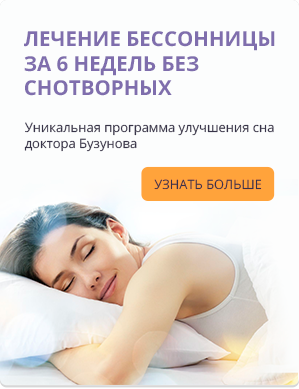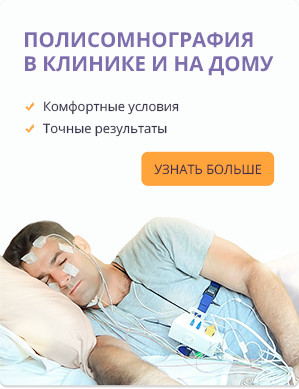Рассеянный склероз может проявляться нарушениями зрения, головокружением, разнообразной очаговой неврологической симптоматикой и т.д. Помимо прочего, практически всех больных беспокоит такой симптом как усталость. Очень часто жалобы на усталость воспринимаются специалистами как признак, который обусловлен изменениями в нервной системе, вызванными заболеванием. Ученые из Калифорнийского Университета обнаружили, что это не совсем так.
В исследование, результаты которого опубликованы в журнале ClinicalSleepMedicine, были включены 2375 лиц с рассеянным склерозом: 81% женщин, 19% мужчин. Средний возраст испытуемых составил 54 года. Им было предложено заполнить подробную анкету о состоянии здоровья и наличии симптомов нарушений сна.
Почти 52% участников сообщили, что им требуется более получаса, чтобы заснуть, 11% отметили, что для засыпания они принимают снотворные. У 38% по результатам анкетирования было установлено предположительно
Таким образом, среди пациентов с рассеянным склерозом просто огромно число тех, кто страдает нераспознанными расстройствами сна, признаки которых принимаются за симптоматику рассеянного склероза. Результаты этого исследования призваны обратить внимание врачей, имеющих дело с пациентами с рассеянным склерозом, на высокую распространеннос
Источник: Journal of Clinical Sleep Medicine, № 10(9), с.1025-31.
____________________
Sleep problems may be a hidden epidemic among individuals with multiple sclerosis
In what may be the largest study of sleep problems among individuals with multiple sclerosis (MS), researchers at UC Davis have found that widely undiagnosed sleep disorders may be at the root of the most common and disabling symptom of the disease: fatigue.
Conducted in over 2,300 individuals in Northern California with multiple sclerosis, the large, population-based study found that, overall, more than 70 percent of participants screened positive for one or more sleep disorders. The research highlights the importance of diagnosing the root causes of fatigue among individuals with MS, as sleep disorders may affect the course of the disease as well as the overall health and well-being of sufferers, the authors said. The study «The Underdiagnosis of Sleep Disorders in Patients with Multiple Sclerosis,» is published online in the Journal of Clinical Sleep Medicine.
«A large percentage of MS subjects in our study are sleep deprived and screened positive for one or more sleep disorders,» said Steven Brass, associate clinical professor and director of the Neurology Sleep Clinical Program and co-medical director of the UC Davis Sleep Medicine Laboratory.
Fatigue is the hallmark of multiple sclerosis, an inflammatory disease affecting the white matter and spinal cord of sufferers. MS symptoms include loss of vision, vertigo, weakness and numbness. Patients also may experience psychiatric symptoms. Disease onset generally is between the ages of 20 and 50 years. The cause of the MS is not known, although it is believed to be an autoimmune condition.
Sleep disorders are known to occur more frequently among patients with MS. To gauge the extent of sleep disorders among people with MS, Brass and his colleagues surveyed members of the Northern California Chapter of the National MS Society. Subjects were recruited in 2011.
More than 11,000 surveys were mailed to prospective participants. Of those, 2,375 met inclusion criteria and were included in the study. Consistent with the reported epidemiology of multiple sclerosis, the majority (81 percent) were female and Caucasian (88 percent). The mean age of the participants was 54.
Study participants were asked to complete a 10-page survey, which included a detailed sleep history and questions assessing obstructive sleep apnea, daytime sleepiness, insomnia and restless legs syndrome. Most of the participants — nearly 52 percent — said it took them more than one half hour to fall asleep at night, and nearly 11 percent reported taking a medication to fall asleep. Close to 38 percent of participants screened positive for obstructive sleep apnea. Nearly 32 percent had moderate to severe insomnia and nearly 37 percent had restless legs syndrome. Moderate insomnia was experienced by nearly 25 percent of respondents.
However, most of the participants had not been diagnosed with a sleep disorder by a physician. While nearly 38 percent reported having obstructive sleep apnea, only a little more than 4 percent reported being diagnosed by a physician with the condition. Similar statistics were seen for other sleep disorders.
Статья на английском: http://www.medicalnewstoday.com/releases/282506.php


